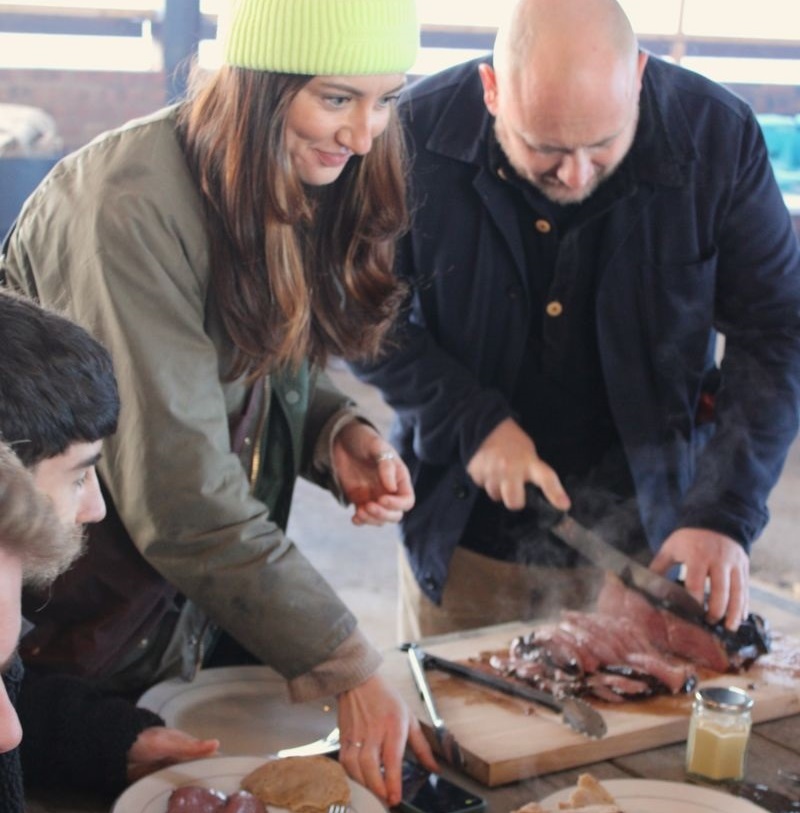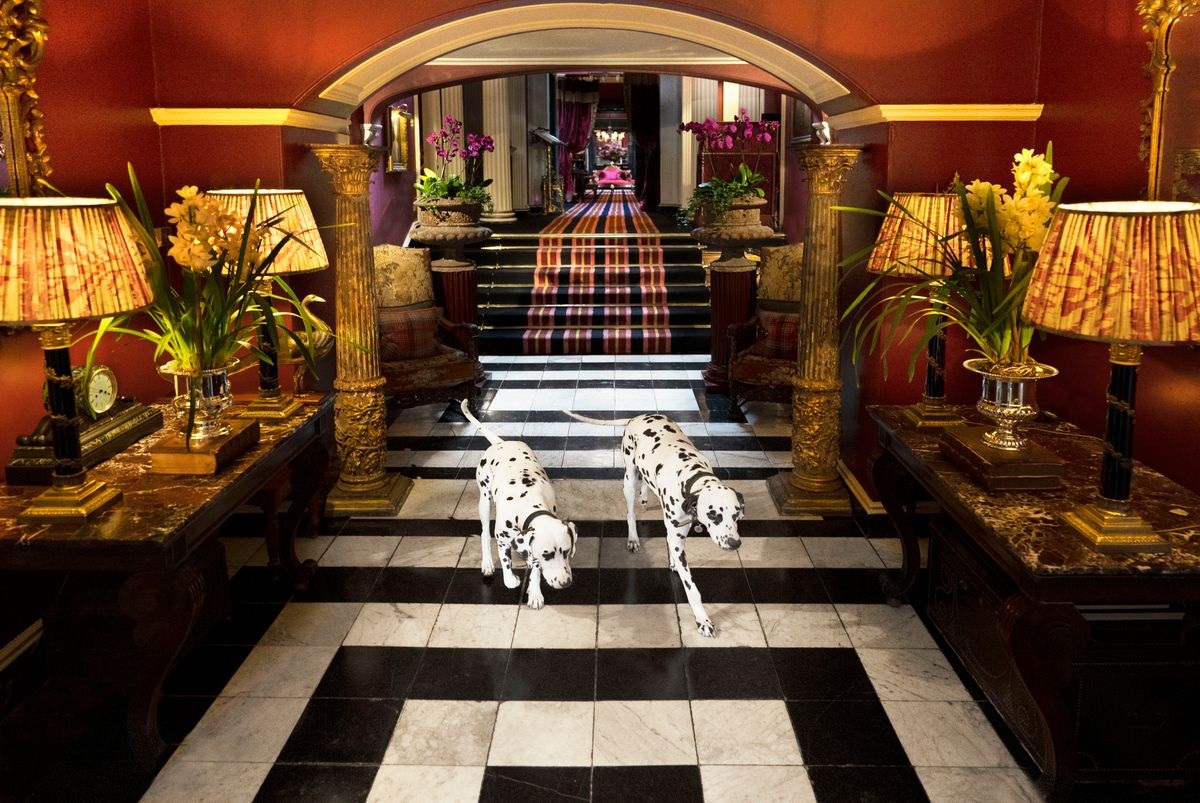The importance of travel intermediaries for early bookers
Travel intermediaries (tour operators, travel advisors, travel agents, etc.) are a key source of feedback. They play a significant role at both the holiday planning and booking stages for Scotland visitors.
- 68% of long haul and 55% of European visitors use some type of intermediary
- most long haul and European visitors are beginning their holiday planning six months out
- three in 10 longer haul travellers even say that they begin to plan more than a year ahead
There is consequently a good window of opportunity to influence the booking decisions and the type of Scotland experience they will have long before they travel.
In Germany, for example, major tour operators like Wolters and Dertour, are looking to capitalise on early bookers by being the first to get their brochures out into market.
Brochures are still important to the German market and are being printed much earlier than before. Tour operators’ own website and digital offerings, complement the brochures and allow operators to make the most of emerging short-term opportunities.


